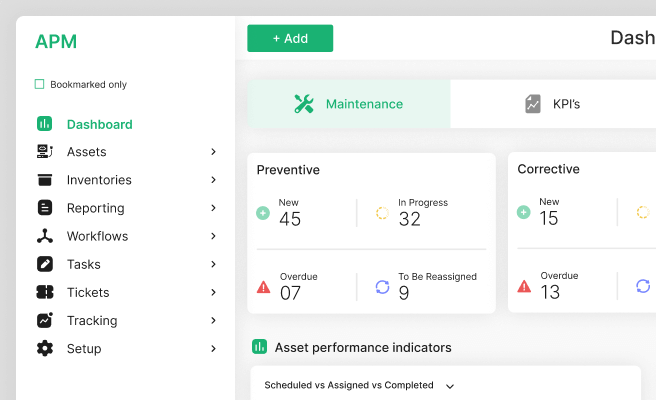Task Analysis
<p>Task analysis is a fundamental process in UX design that involves breaking down tasks into smaller, manageable components to understand how users interact with a system or product. This technique is crucial for identifying user needs, improving usability, and ensuring that products are intuitive and user-friendly.</p>
<p>Historically, task analysis has been used in various fields such as cognitive psychology, human-computer interaction, and industrial engineering. In the context of UX design, it provides insights into user behavior, helping designers create products that align with users' natural workflows and mental models.</p>
<h2 id="2">Importance of Task Analysis in UX Design</h2>
<p>Understanding how users perform tasks is essential for creating effective digital products. Task analysis helps identify pain points, uncover inefficiencies, and highlight opportunities for improvement. By breaking down tasks, designers can:</p>
<ul>
<li>Identify user goals and objectives</li>
<li>Map out the steps users take to complete tasks</li>
<li>Recognize potential obstacles and challenges</li>
<li>Design solutions that streamline user interactions</li>
</ul>
<h3 id="3">Types of Task Analysis</h3>
<p>There are several methods of task analysis, each offering unique insights:</p>
<ul>
<li><strong>Hierarchical Task Analysis (HTA):</strong> Breaks down tasks into sub-tasks and operations, creating a structured hierarchy.</li>
<li><strong>Cognitive Task Analysis (CTA):</strong> Focuses on the mental processes and decision-making involved in task performance.</li>
<li><strong>Contextual Task Analysis:</strong> Examines tasks within the context of the user's environment and circumstances.</li>
</ul>
<h3 id="4">Conducting a Task Analysis</h3>
<p>The process of conducting a task analysis typically involves the following steps:</p>
<ol>
<li><strong>Define the task:</strong> Clearly outline the task to be analyzed, including its start and end points.</li>
<li><strong>Collect data:</strong> Gather information through observations, interviews, and user testing. Use tools like <a href="https://www.nngroup.com" style="color:#2896FF; text-decoration:underline;">Nielsen Norman Group</a> methodologies for comprehensive insights.</li>
<li><strong>Break down the task:</strong> Decompose the task into smaller sub-tasks and steps.</li>
<li><strong>Analyze the steps:</strong> Examine each step for potential issues and improvement areas.</li>
<li><strong>Document findings:</strong> Create detailed documentation of the task analysis for reference and action.</li>
</ol>
<h2 id="5">Real-World Example: Climate Tech Application</h2>
<p>Consider a climate tech company developing a mobile app for monitoring air quality. Task analysis would involve observing users as they navigate the app to check air quality levels in their area. By breaking down this task, designers might identify steps where users struggle to find relevant information or encounter confusing interface elements.</p>
<p>Using task analysis, the design team can streamline the user flow, ensuring that users can quickly access critical data with minimal effort. This not only improves usability but also enhances user satisfaction and engagement.</p>
<h3 id="6">Challenges in Task Analysis</h3>
<p>While task analysis is a powerful tool, it comes with challenges:</p>
<ul>
<li><strong>Complexity:</strong> Some tasks are intricate, requiring detailed and time-consuming analysis.</li>
<li><strong>User variability:</strong> Different users may perform the same task in various ways, necessitating a comprehensive approach.</li>
<li><strong>Access to users:</strong> Gaining access to real users for observation and interviews can be difficult, especially in niche industries like climate tech.</li>
</ul>
<h3 id="7">Overcoming Challenges</h3>
<p>To address these challenges, designers can employ strategies such as:</p>
<ul>
<li><strong>Utilizing remote tools:</strong> Tools like <a href="https://www.usertesting.com" style="color:#2896FF; text-decoration:underline;">UserTesting</a> enable remote observation and feedback collection.</li>
<li><strong>Collaborating with stakeholders:</strong> Engage with stakeholders to gather diverse perspectives and ensure comprehensive analysis.</li>
<li><strong>Iterative testing:</strong> Conduct multiple rounds of testing and refinement to capture a wide range of user behaviors.</li>
</ul>
<h2 id="10">Conclusion</h2>
<p>Task analysis is an essential process in UX design, providing valuable insights into user behavior and interaction patterns. By breaking down tasks into smaller components, designers can identify and address pain points, creating more intuitive and user-friendly products. Despite its challenges, task analysis remains a cornerstone of effective UX design, particularly in specialized fields like climate tech, where user needs and workflows are often unique and complex.</p>
<p>For more information on improving your task analysis strategies, consider exploring resources from the <a href="https://www.interaction-design.org" style="color:#2896FF; text-decoration:underline;">Interaction Design Foundation</a>.</p> <p>If you’re looking for inspiration to elevate customer and user experience for enterprise-grade products, View our work with the Ministry of Health of Saudi Arabia for curating the UX of an <a href="https://www.whatifdesign.co/work/enterprise-software-for-hospitals" style="color:#2896FF; text-decoration:underline;">Asset Management Tracking Platform</a></p>
<p>Ready to get started? <a href="https://cal.com/akhilak/what-if-design?duration=30" style="color:#2896FF; text-decoration:underline;">Book a 1:1 consultation call</a> with us today.</p>

Let's scale your impact with great design.
Free consultation, no sales pitch
Thank you! Your submission has been received!
Oops! Something went wrong while submitting the form.
Let’s talk
Nothing great is built alone.
Let’s connect about your vision, our work and how we can collaborate.
Get in touch

